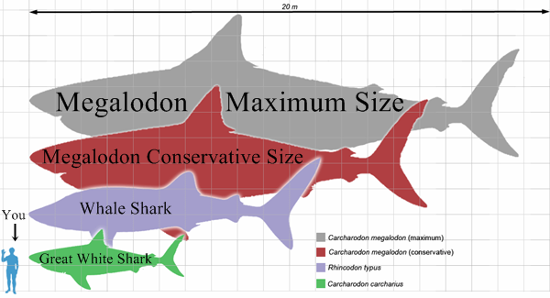Extinction is actually something we have gotten wrong in the past. For years, it was thought that coelacanths went extinct in the End-Cretaceous mass extinction 65 million years ago. In 1938, a living coelacanth was found in the western Indian Ocean and although it was a distinct species from the fossil variants, it was anatomically very similar and what is called a "living fossil". "Living fossils" are species that are, mostly superficially, morphologically similar to their extinct ancestors and are thought (wrongly) to have undergone little to no evolutionary change. Whilst these species may retain the plesiomorphic phenotypical states, it does not mean they are not still evolving and palaeontologists dislike the misleading using of the term in pop-sci press. Another species of coelacanth was discovered in South East Asia in 1997, cementing the idea that we were wrong, both about its apparent extinction and also its static evolution. Whilst this doesn't happen very often, it begs the question, what if we're wrong about other organisms?
 |
| The Coelacanth, a "living fossil"; Source. |
Two mockumentaries (fake documentaries) aired by the Discovery Channel over the last year or so attempt to answer exactly that question. The focus of the two programmes was the Megalodon, a gigantic shark which patrolled the seas between 15.9 - 2.6 million years ago. These are interesting programmes, but do have a tendency to spread misinformation, with 73% of viewers thinking that the Megalodon is still roaming our oceans. Many actual scientists, as oppose to the actors posing as scientists in the programme, were unhappy about the misrepresentation of palaeontological research, calling Discovery Channel "the rotting carcass of science on TV". Others, however, created a positive outcomes from the documentaries and worked on more robust mechanisms of estimating the extinction of the Megalodon, if only to put the rumours to bed once and for all. The authors, novelly, utilised a method that had previously been used to estimate the extinction of more modern species, such as the dodo. The method, a model called Optimal Linear Estimation (OLE), infers time to extinction from the temporal distribution of species sightings, or in the case, fossil instances. This method may not be applicable to all fossil taxa, but is an excellent step in out-of-the-box thinking towards a better extinction estimations.
 |
| I wasn't joking about them being big; Source. |
Extinction is something we should be aware of and it can be a great tool to provoke changes in peoples outlook on human activity. Whilst "lazarus taxa", "living fossils" and the rest of it make for great sci-fi, their place in actual science should be profoundly separate from this.